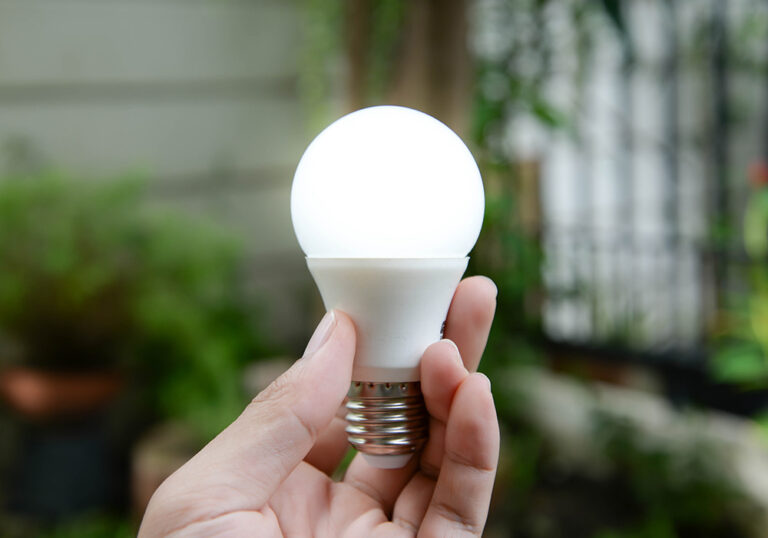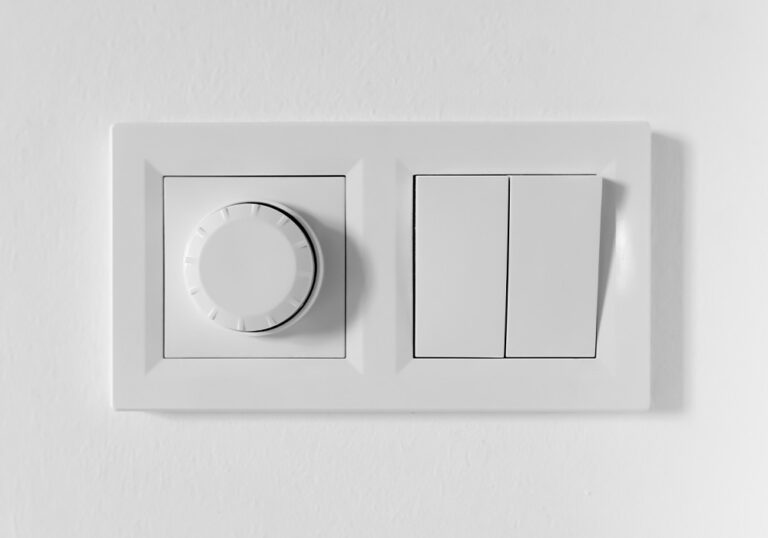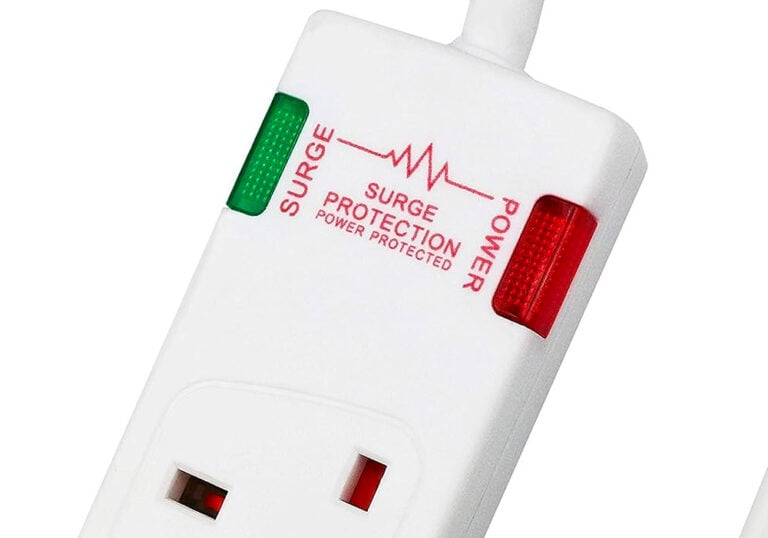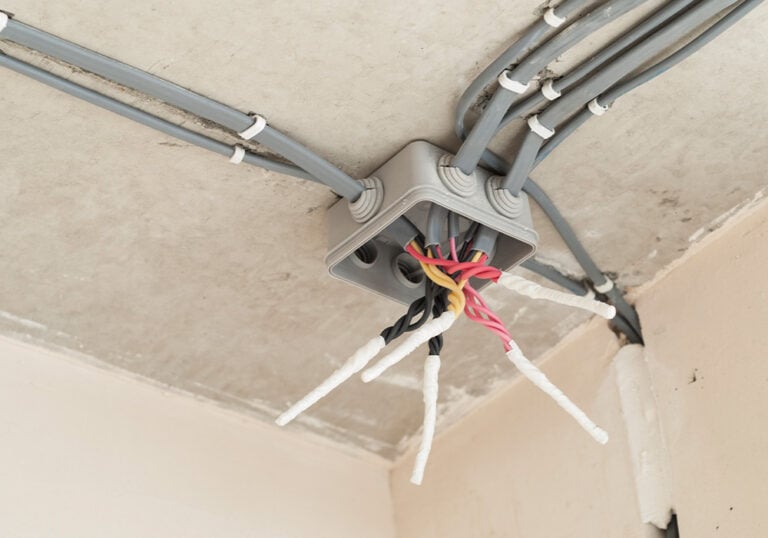Do LED Lights Attract Spiders? The Truth Behind the Myth
LED lights have become increasingly popular in recent years due to their energy efficiency and longevity. However, some people have raised concerns about whether LED lights attract spiders. This question has led to a lot of speculation and myths about the relationship between LED lights and spiders.
Understanding the science behind LED lights and spider attraction is crucial to answering this question accurately. Spiders are known to be attracted to light, but the type of light that they are drawn to can vary. There are several factors that influence spider attraction, including the wavelength of light, the intensity of light, and the time of day. By examining these factors, it is possible to determine whether LED lights are more or less likely to attract spiders compared to traditional lights.
Key Takeaways
- LED lights emit less UV and blue light, which are the wavelengths of light that spiders are most attracted to.
- Spiders are more attracted to the insects that are drawn to LED lights, rather than the lights themselves.
- Using yellow or amber LED lights can help prevent spider infestations, as they attract fewer insects and bugs.
Understanding LED Lights
LED lights are a type of energy-efficient lighting that have become increasingly popular in recent years. They are known for their long lifespan, low energy consumption, and bright illumination. LED lights work by passing an electric current through a semiconductor material, which then emits light.
One of the benefits of LED lights is that they come in a variety of colours and can be used for a range of purposes, from household lighting to commercial displays. However, there is a common myth that LED lights attract spiders. This belief has led many people to question the safety and usefulness of LED lights in their homes and businesses.
Contrary to popular belief, there is no evidence to suggest that LED lights specifically attract spiders. Spiders are attracted to warmth and light, but the type of lighting used is not the determining factor. Instead, spiders are attracted to areas where there is an abundance of food, shelter, and moisture.
Studies have shown that insects and spiders are more attracted to lights that are in the ultraviolet (UV) spectrum. This means that lights with a blue or purple tint may actually attract more spiders than those with a bright white or yellow tint. However, LED lights typically emit a bright white or yellow light, making them less attractive to spiders than other types of lighting.
Overall, LED lights are a safe and effective lighting solution that do not attract spiders. By understanding the factors that attract spiders, you can take steps to prevent them from entering your home or business, such as sealing cracks and crevices, removing clutter, and reducing moisture levels.
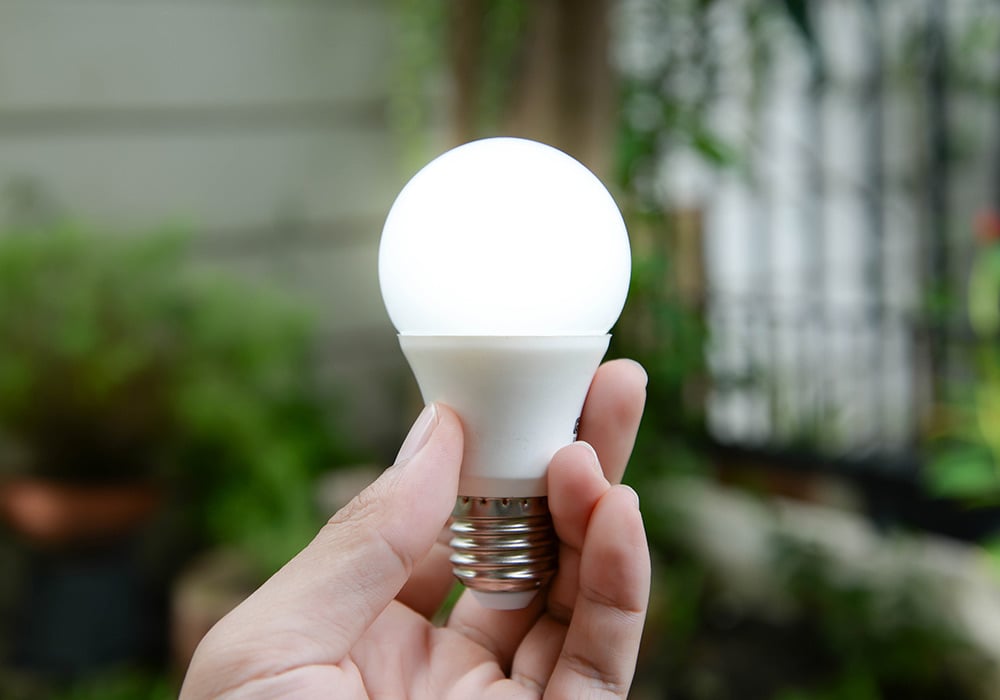
Spiders and Light Attraction
Spiders are known to be attracted to light sources, including LED lights. This is because light sources can create an area for prey to gather, which makes it easier for spiders to catch their next meal. LED lights, in particular, emit a type of light that is attractive to insects, and insects are the primary food source for spiders.
According to research, spiders are more attracted to LED lights that emit a blue or green light. This is because these colours are similar to the colour of the sky, which is where spiders tend to build their webs. Additionally, brighter light sources can attract more insects, and therefore more spiders.
It is worth noting that LED lights do not provide the ideal environment for spiders to create their webs and catch prey. However, spiders may build webs near the lights to take advantage of any insects that are attracted to the light.
To prevent spiders from being attracted to LED lights, there are several steps that can be taken. These include:
- Using yellow or red LED lights, which are less attractive to insects and spiders.
- Placing the LED lights away from windows and doors, which can attract insects and spiders.
- Keeping the area around the LED lights clean and free of debris, which can attract insects and spiders.
- Using insect repellents or insecticides to keep insects away from the LED lights.
In conclusion, LED lights can attract spiders due to their attraction to insects. However, by taking the necessary steps, it is possible to prevent spiders from being attracted to LED lights.
Do LED Lights Attract Spiders?
LED lights have become increasingly popular due to their energy efficiency and long lifespan. However, there have been concerns about whether LED lights attract spiders. In this section, we will explore the relationship between LED lights and spiders.
Spiders are attracted to light, but not all lights are equally attractive to them. LED lights do not emit UV light, which is what attracts insects and subsequently attracts spiders. However, LED lights do emit visible light, and this can still attract other insects, which in turn can attract spiders.
Some studies have shown that spiders are more attracted to warm-coloured LED lights, such as yellow and orange, than cool-coloured LED lights, such as blue and green. This is because warm-coloured lights mimic the colour of sunset, which is when many insects are active.
It is important to note that while LED lights may attract insects and spiders, they do not necessarily cause an infestation. Spiders are attracted to LED lights because they provide a source of food, but they will only stay in an area if there are enough insects to sustain them.
To prevent spiders from being attracted to LED lights, it is recommended to use yellow or amber LED lights, as they are less attractive to insects and spiders. It is also important to keep the area around the lights clean and free of debris, as this can attract insects and subsequently spiders.
In summary, LED lights do not directly attract spiders, but they can indirectly attract them by attracting other insects. By using the right colour of LED lights and keeping the area clean, it is possible to reduce the likelihood of spiders being attracted to LED lights.
Factors Influencing Spider Attraction
LED lights have become increasingly popular in recent years due to their energy efficiency and long lifespan. However, there is a common belief that LED lights attract spiders. While some studies suggest that spiders are attracted to light, there is no conclusive evidence that LED lights specifically attract spiders.
There are several factors that may influence spider attraction, including:
1. Heat and Vibrations
Spiders have thermal receptors that allow them to detect things that emit heat. Therefore, they may be attracted to LED lights that emit warmth at night. Additionally, vibrations caused by the LED lights may also attract spiders.
2. Colour Temperature of LED Lights
Studies have shown that insects and spiders are more attracted to lights that are in the ultraviolet (UV) spectrum. This means that lights with a blue or purple tint may actually attract more spiders than those with a bright white or yellow tint.
3. Intensity of Light
Spiders are more likely to be attracted to brighter lights. Therefore, LED lights with higher intensity may attract more spiders than those with lower intensity.
4. Placement of LED Lights
LED lights that are placed in darker areas may attract more spiders than those placed in well-lit areas. Additionally, LED lights that are placed near spider habitats, such as outdoor vegetation, may also attract spiders.
5. Natural Bug Repellents
Using natural bug repellents around LED lights may help to deter spiders from the area. Essential oils such as peppermint, lavender, and eucalyptus have been shown to repel spiders.
In conclusion, while there is no conclusive evidence that LED lights specifically attract spiders, there are several factors that may influence spider attraction. By taking steps to reduce these factors, such as using natural bug repellents and placing LED lights in well-lit areas, individuals can help to reduce the likelihood of spiders being attracted to their LED lights.
LED Lights vs Traditional Lights
LED lights have become increasingly popular in recent years due to their energy efficiency, long lifespan, and low heat emission. However, many people have expressed concerns that LED lights might attract spiders. This has led to a debate about whether LED lights are better or worse than traditional lights when it comes to spider attraction.
Traditional lights, such as incandescent bulbs, have been the standard for decades. They produce a lot of heat and use a lot of energy, making them less efficient than LED lights. However, they are also less expensive and readily available. One of the main concerns with traditional lights is that they attract insects, which in turn attract spiders. This is because insects are attracted to the warmth and light of traditional bulbs.
On the other hand, LED lights emit less heat than traditional lights, which means they are less likely to attract insects. This is because insects are attracted to heat, and LED lights do not produce as much heat as traditional lights. Additionally, LED lights do not emit UV light, which is another factor that can attract insects.
While LED lights may be less likely to attract insects and spiders, it is important to note that they are not completely immune to attracting them. Some types of LED lights, such as those that emit a lot of blue light, may still attract insects. It is also possible for spiders to be attracted to the warmth of LED lights, although this is less likely than with traditional lights.
Overall, LED lights are a better option than traditional lights when it comes to energy efficiency and heat emission. While they may not completely eliminate the risk of attracting spiders, they are less likely to do so than traditional lights.
Preventing Spider Infestation
To prevent spider infestation in your home or workplace, there are several measures you can take. Here are some tips to keep spiders away from LED lights:
- Keep lights clean: Regularly dust and vacuum around your LED lights to remove any spider webs or eggs that might be present.
- Use insecticide: There are many types of insecticides that can be used around the home to deter spiders (and other pests). However, it is important to use them safely and according to the manufacturer’s instructions.
- Point lights away from the ground: LED strip lights should be installed in such a way that they’re not pointing straight at the ground, as this will attract more insects and spiders to your LED lights.
- Use lower-wattage LED bulbs: Spiders are attracted to the warmth of LED lights. Using lower-wattage LED bulbs can help reduce the amount of heat emitted by the lights and make them less attractive to spiders.
- Place lights in good positions: Consider the placement of your LED lights. Placing them in areas that are less accessible to spiders can help reduce the risk of infestation.
- Switch off lights at night: Spiders are more active at night, so switching off your LED lights when they’re not needed can help reduce the risk of infestation.
By following these simple tips, you can help prevent spider infestation in your home or workplace.
Scientific Studies on Light Attraction
There have been various scientific studies conducted to determine whether LED lights attract spiders or not. One such study published in the Journal of Arachnology found that spiders are not particularly attracted to LED lights. The study involved placing LED lights and incandescent lights in different locations and observing spider activity. The results showed that spider activity was not significantly higher near the LED lights compared to the incandescent lights.
Another study published in the Journal of Economic Entomology found that LED lights are less attractive to insects compared to traditional lighting sources such as fluorescent and metal halide lights. The study also found that spiders were less likely to be found near LED lights due to the reduced insect activity.
However, it is important to note that not all species of spiders are attracted to light in the same way. Some studies have found that certain spider species are attracted to incandescent lights, while others are attracted to UV-emitting lights. Therefore, it is difficult to make a general conclusion about whether LED lights attract spiders or not.
Overall, scientific studies suggest that LED lights are not particularly attractive to spiders and may even reduce spider activity due to the reduced insect activity. However, more research is needed to fully understand the relationship between spiders and LED lights.
Implications for Home and Office Lighting
LED lights have become increasingly popular in recent years due to their energy efficiency, durability, and low maintenance. However, many people are concerned about whether LED lights attract spiders and other insects, which can be a nuisance in homes and offices.
According to research, LED lights do not attract spiders unless they are in search of food. Insects, such as moths and flies, are attracted to the light source, and spiders follow in search of their next meal. Therefore, using LED lights in homes and offices is unlikely to increase the number of spiders in the area.
However, it is important to note that the colour of the LED lights can affect the number of insects attracted to them. White and blue LED lights attract the most amount of bugs, with ultraviolet and green LED lights also attracting bugs. Yellow and amber LED lights will attract the fewest number of insects and bugs. Red LED lights are the least appealing to bugs but can be less useful for human use.
To prevent spiders and insects from being attracted to LED lights, it is recommended to use yellow or amber LED lights instead of white or blue ones. Additionally, it is important to keep the area around the lights clean and free of debris, as insects and spiders may be attracted to food and other organic matter.
Overall, LED lights are a great choice for home and office lighting due to their energy efficiency and low maintenance. While they may attract insects and spiders, using the right colour of LED lights can help to minimise this issue.


